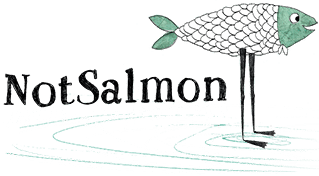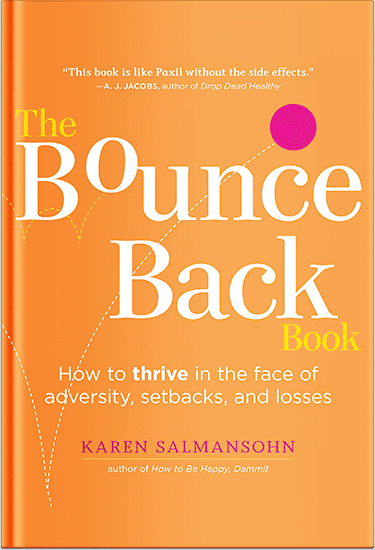 Writing for translation is a crucial skill for any author or content creator.
Writing for translation is a crucial skill for any author or content creator.
If you produce content that will be translated, there are things you can do to make the process more effective.
Alternatively, you may use writing and translation services to get high-quality work. The professionals will proceed with your request and provide a plagiarism-free copy.
I’m writing this article because I know a lot about what makes for a successful writing career. I am a bestselling wellness author with about 2 million books sold globally.
With this in mind, in this article we will discuss article-writing tips to help you create easy-to-translate content so you can write for translation.
Tips For Writing For Translation
1. Keep it simple
When writing for translation, it’s essential to keep your language simple and straightforward. Avoid using complicated sentence structures or uncommon vocabulary. These might be difficult to translate. Use short sentences and avoid idioms, cultural references, or humor that may not translate well.
According to the surveys, translators’ main challenges are finding clients and dealing with expectations. They can feel uncomfortable discussing the price and speed of deliverables. That’s why making simple yet understandable content is critical to your success.
2. Use consistent terminology
Incorporating a steady terminology will make it easier to convey the message. Create a glossary of key terms, and use the same terms consistently throughout your document. This will help ensure that your content is translated accurately and consistently.
Most people don’t want to be translators when they grow up. They fear many requirements and complicated terms, which vary depending on the request. Once you have found your niche in translating, creating new content will be much easier because you’ll feel fluent in new words.
3. Avoid ambiguity
Ambiguity in your writing can confuse and make translating your content difficult. Use clear, unambiguous language, and avoid using words or phrases with multiple meanings. If you are unsure if a particular word or phrase is clear, try reading it out loud to see if it makes sense.
It’s already clear that a translated text has to deliver the same message as the original one. Ensure you understand and convey what is written in the text, and convey it to your target audience.
4. Use visuals to support your message
Visuals such as images, diagrams, and charts can support your message and make it easier to translate. Use visuals to illustrate key concepts and break up long text blocks. Ensure your visuals are clear and easy to understand, even without accompanying text.
5. Use formatting to enhance readability
Formatting can significantly affect how easily your content can be translated. Use headings, bullet points, and numbered lists to break up your content and make it easier to read. Use a clear, legible font to ensure your text is properly aligned and spaced.
6. Consider cultural differences
When writing for translation, it’s essential to consider cultural differences. Specific phrases, idioms, or cultural references may not translate or be offensive in another language or culture. Avoid using culturally specific references unless they are essential to your message.
7. Be mindful of the translation software
Many translation projects use software to help translate content more efficiently. When writing for translation, remember how translation software may process your content. Use simple language and avoid weird sentences or complex vocabulary that may confuse the software.
8. Provide context
Providing context can help to understand the intended meaning of your message. An industry-specific terminology or technical jargon has to take place in content. Include background information and explanations where necessary to help ensure accurate translation.
9. Use a professional translator
Working with a professional translator is vital if you are not fluent in the language you translate. A professional translator can provide accurate and high-quality translations, ensuring your content is straightforward for your target audience.
10. Review and edit your content
Before submitting your content for translation, take the time to review and edit it carefully. This can help identify any errors or inconsistencies that may make translating difficult. If possible, have a native speaker of the target language review your content to ensure accuracy.
Writing for translation requires careful consideration and attention to detail. You can create explicit, concise, and easy-to-translate content following these tips.
By working with a professional translator, you can convey the message to your target audience.
If you need a helping hand with writing requests, google Skillhub reviews. We’ll produce engaging content that will gain you a loyal target audience.
FAQ
How can I be a good translator?
The translation business is evolving since no language is ever stagnant. Every translator must develop to remain adept at their craft.
Here’s what you can do to become a better translator:
- Read a lot: take a dictionary with you everywhere you go. Take time to read the original and translated articles as much as possible.
- Communicate: engage in conversations with native speakers. There’s no more straightforward way to learn a language effectively than to speak with those born to it.
- Translate Vice-Versa: try translating in the other direction. Once you feel used to it, you’ll better understand how the two languages interact, and you might also learn a previously unknown skill.
- Use CAT (Computer Assisted Translation) tools: these AI programs aim to improve your translation speed without making the quality suffer.
What are the five tips for translating correctly?
Here are some tools to assist you in the effective translation of materials:
- Keep it concise;
- Follow your standard vocabulary;
- Skip the jargon language;
- Use an active voice (ONLY!);
- Check spacing and layout.
Even if you are proficient in both languages, translating can be challenging. It entails knowing how to approach a translation, deciding what to change when some words don’t translate, and correctly constructing your newly translated sentences.
You may use Google Translate or another online English sentence translator if you don’t speak the language well. This is a grave error because the service only translates the words, typically resulting in incorrect grammar.
What are the rules of translation?
A good translator should read and understand the context carefully. At the same time, ensure you take notes of complicated terms or abbreviations. In addition, use multiple sources to get more ideas and explore the topic from a different angle.
Stay Calm During Stressful Times
Explore my therapist recommended online course: The Anxiety Cure.
P.S. Before you zip off to your next Internet pit stop, check out these 2 game changers below - that could dramatically upscale your life.
1. Check Out My Book On Enjoying A Well-Lived Life: It’s called "Your To Die For Life: How to Maximize Joy and Minimize Regret Before Your Time Runs Out." Think of it as your life’s manual to cranking up the volume on joy, meaning, and connection. Learn more here.
2. Life Review Therapy - What if you could get a clear picture of where you are versus where you want to be, and find out exactly why you’re not there yet? That’s what Life Review Therapy is all about.. If you’re serious about transforming your life, let’s talk. Learn more HERE.
Think happier. Think calmer.
Think about subscribing for free weekly tools here.
No SPAM, ever! Read the Privacy Policy for more information.
One last step!
Please go to your inbox and click the confirmation link we just emailed you so you can start to get your free weekly NotSalmon Happiness Tools! Plus, you’ll immediately receive a chunklette of Karen’s bestselling Bounce Back Book!


 Writing for translation is a crucial skill for any author or content creator.
Writing for translation is a crucial skill for any author or content creator. 